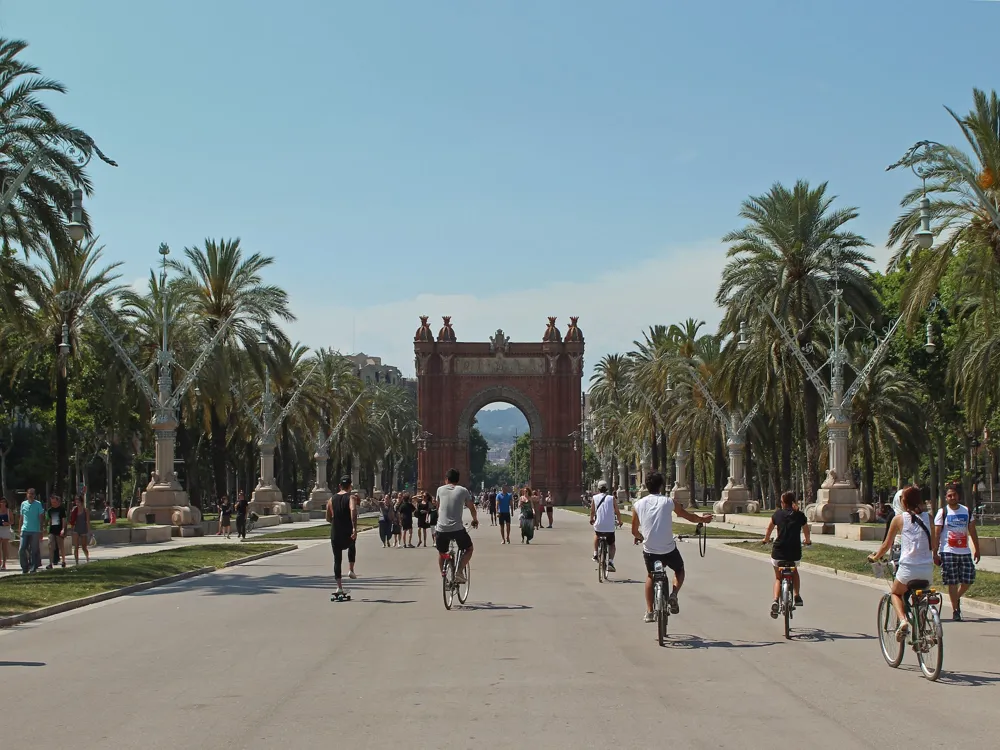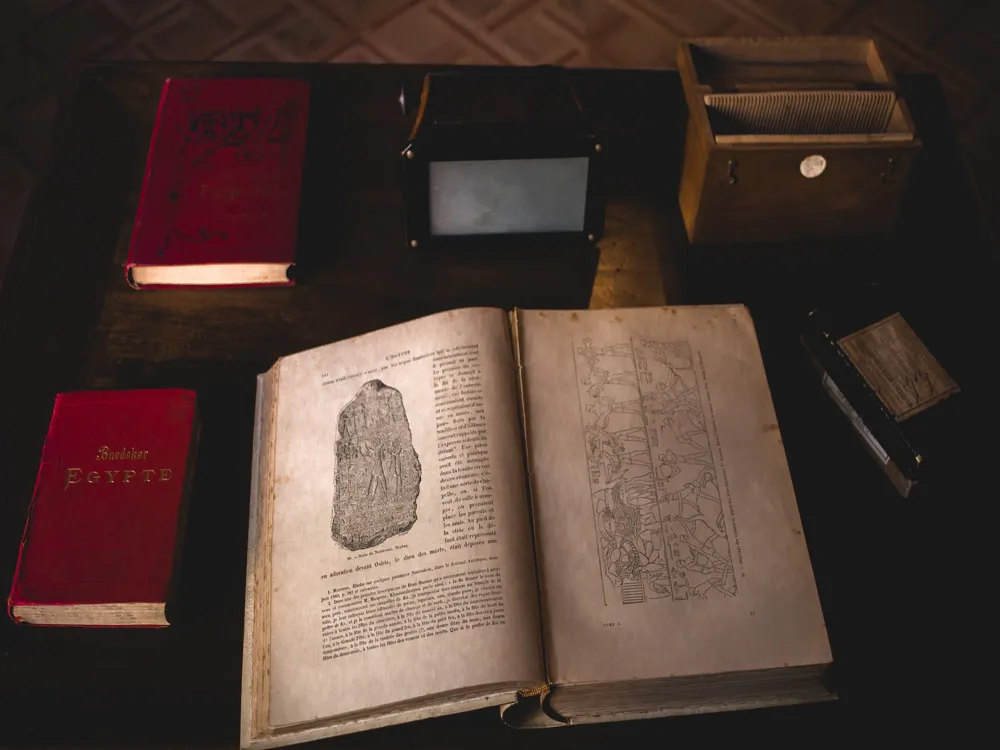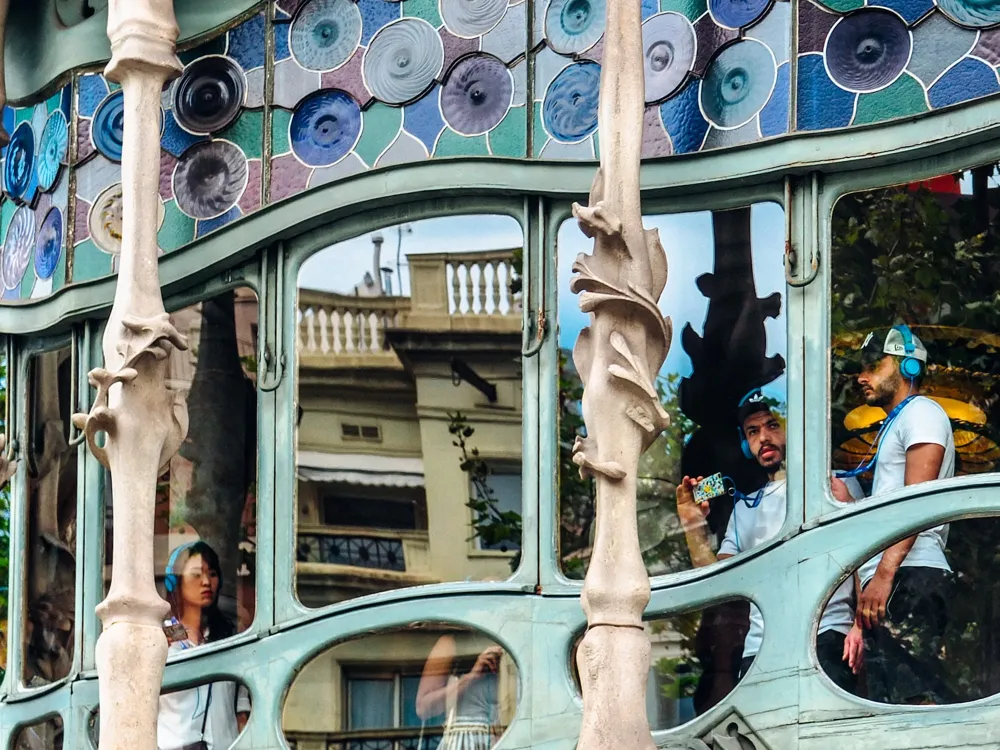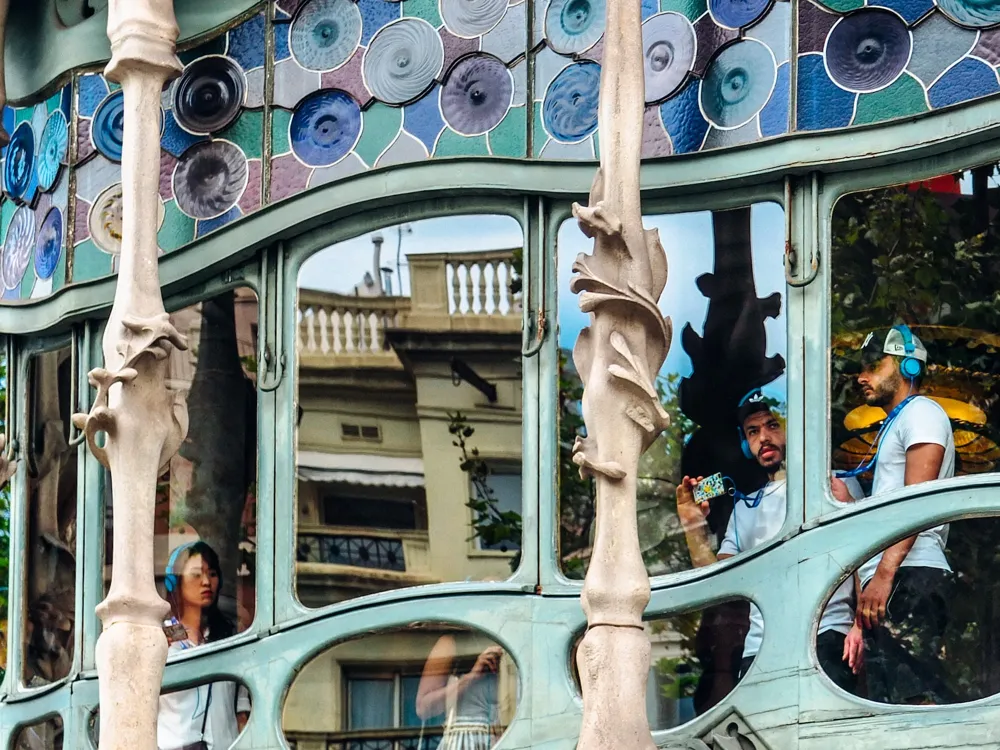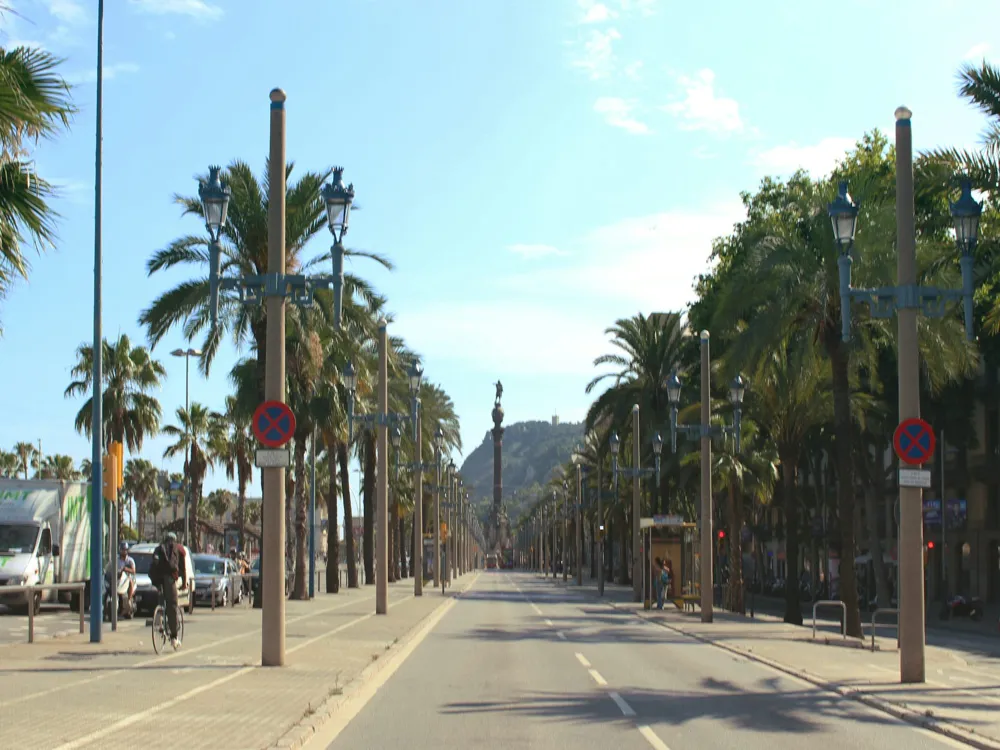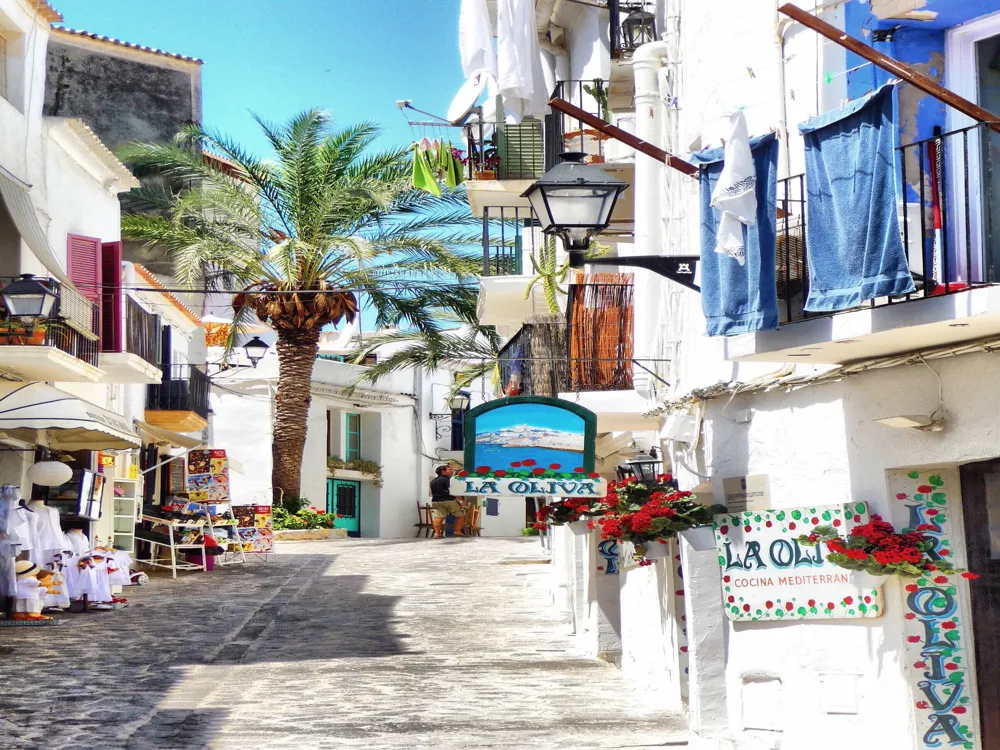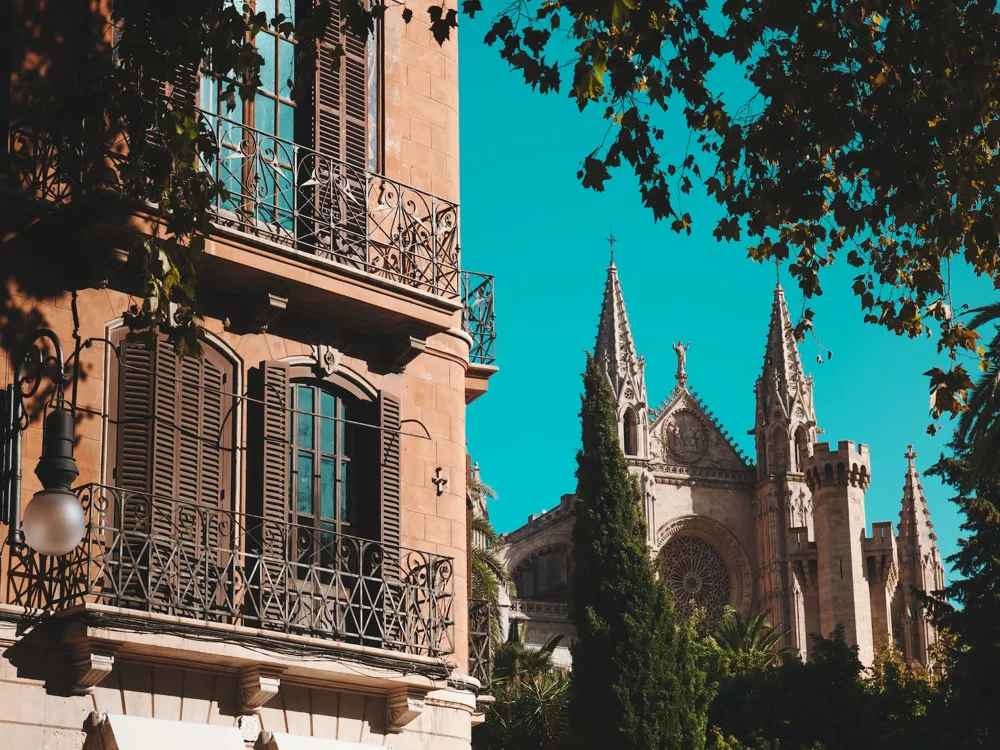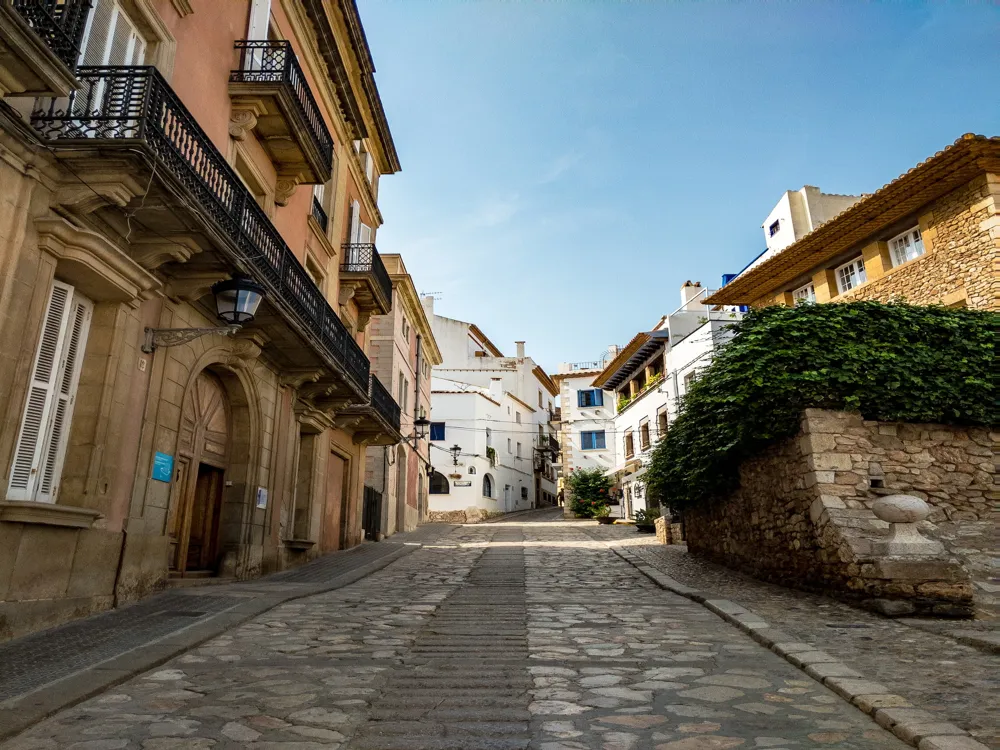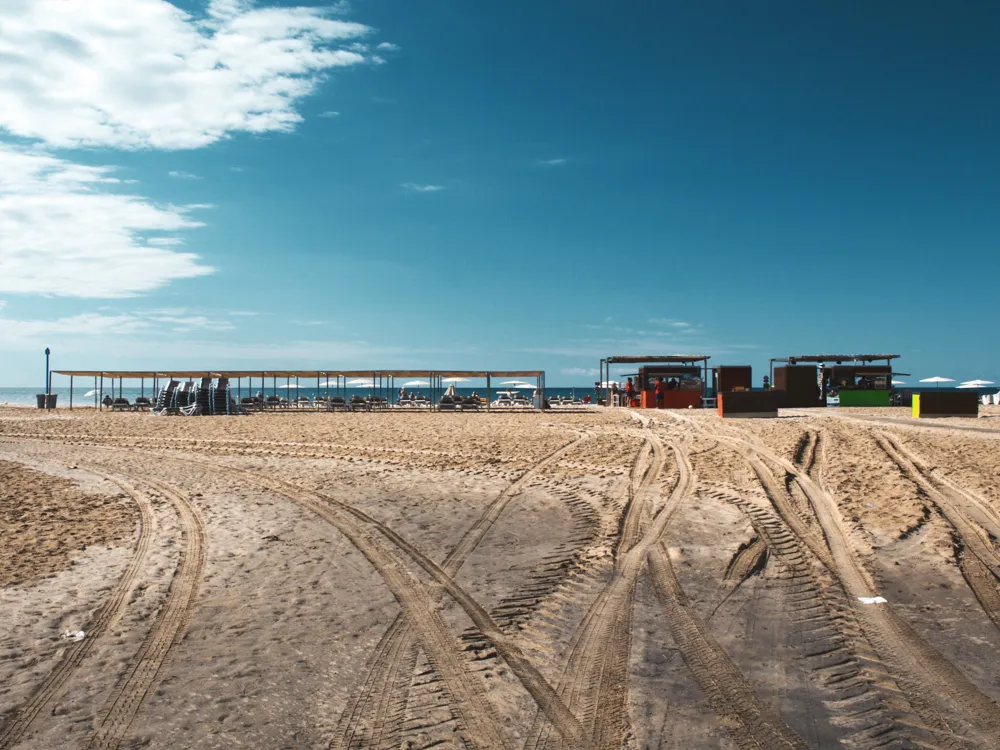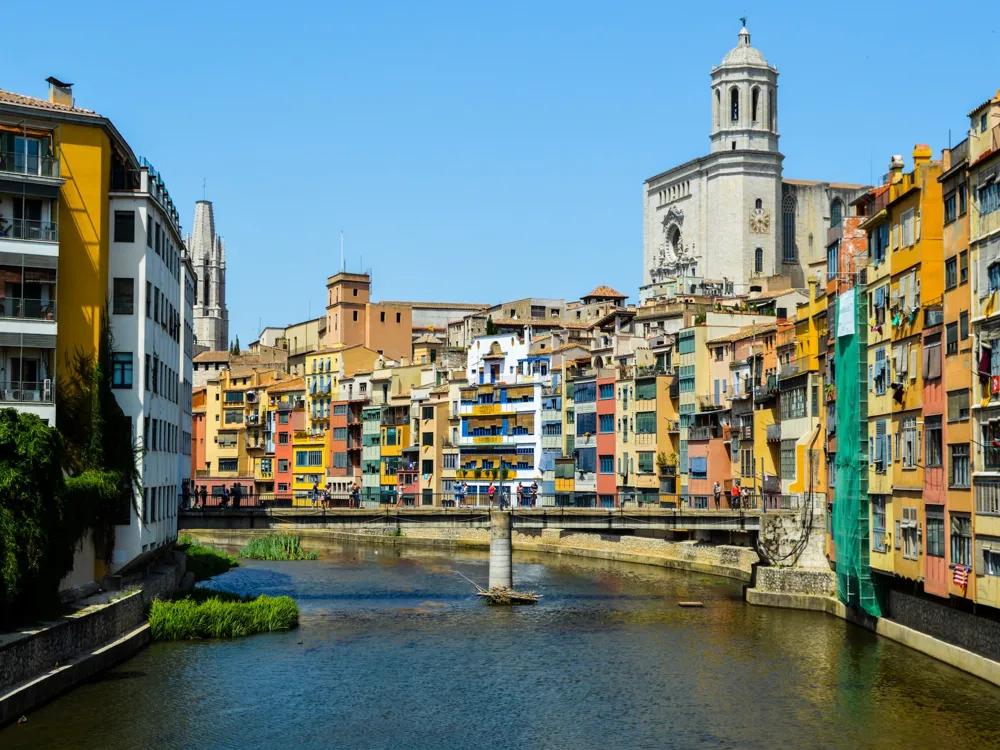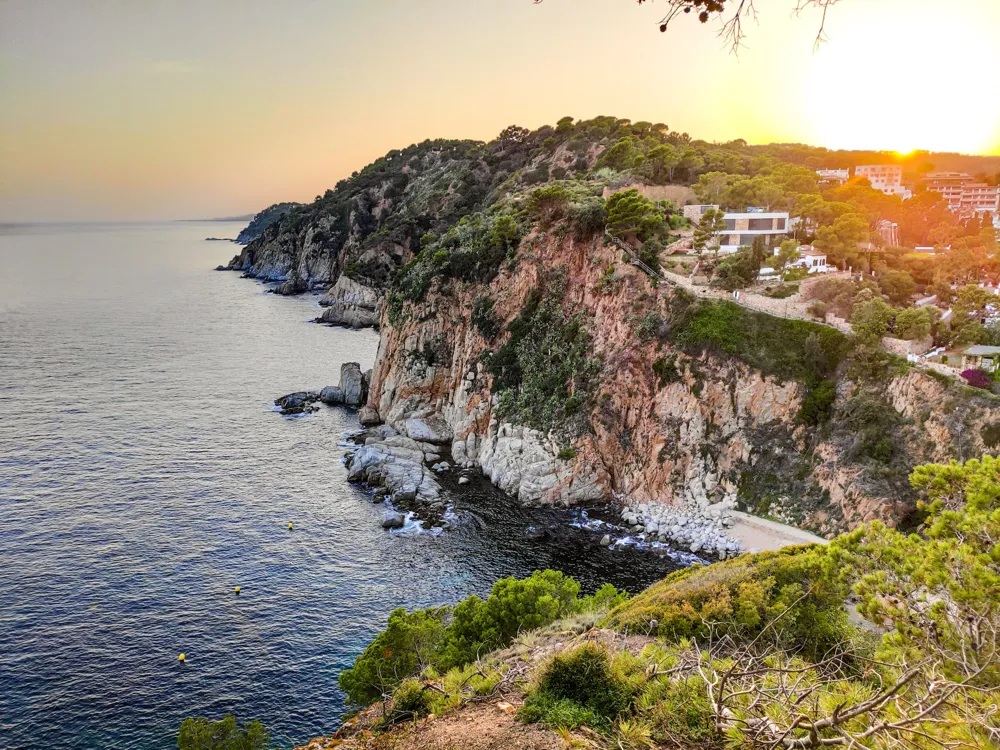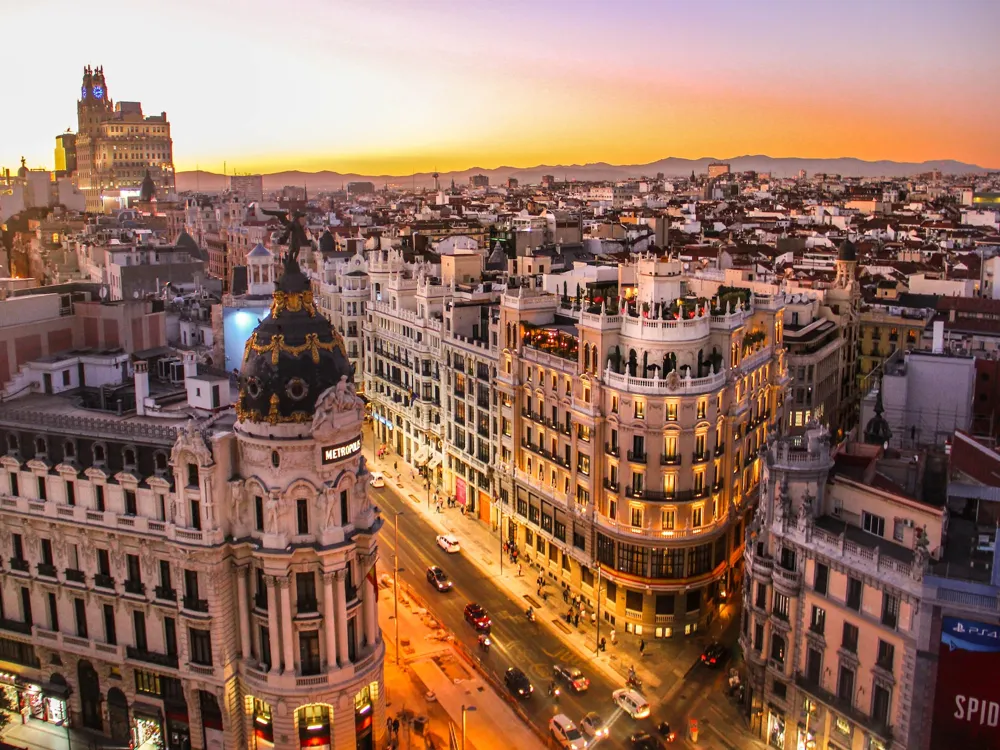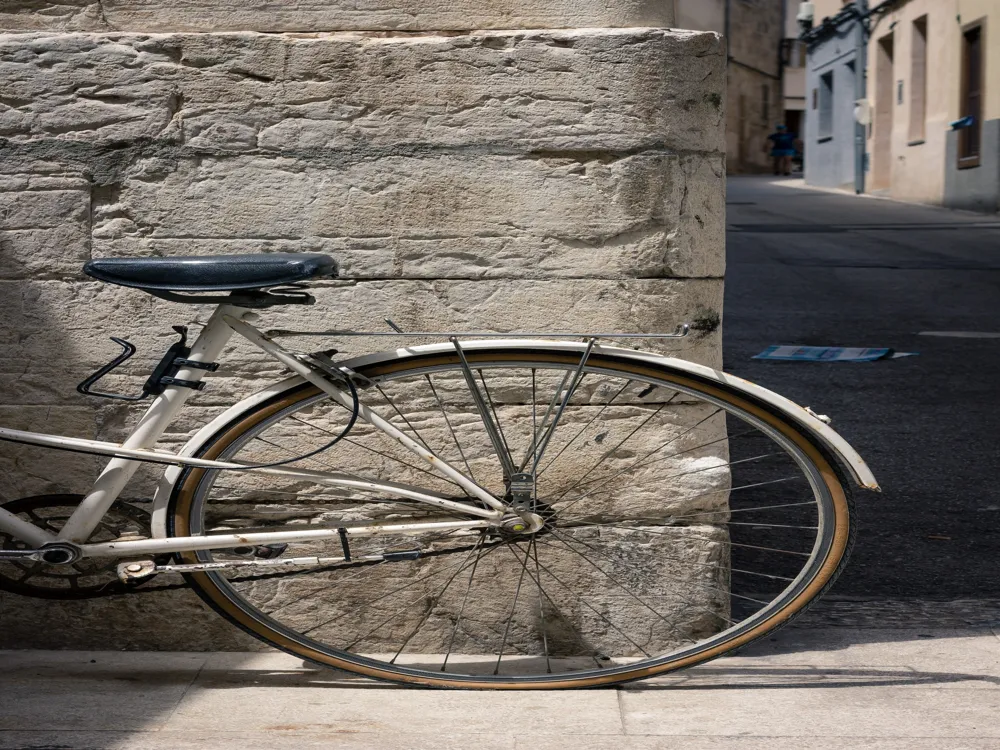The Labyrinth Park of Horta, known locally as Parc del Laberint d'Horta, is a historical garden in the Horta-Guinardó district of Barcelona, Spain. Established in the late 18th century, the park is renowned for its intricate and classical labyrinth, made from meticulously trimmed cypress hedges. Spread over 9 hectares, the park blends neoclassical and romantic garden designs, making it a unique cultural and historical site. The park's origins trace back to 1791 when the landowner, Marquis Joan Antoni Desvalls of d’Ardena, collaborated with Italian architect Domenico Bagutti to create the neoclassical garden. The highlight of the park, the labyrinth, is designed in a traditional Greek style and spans 750 meters. The maze leads to a statue of Eros, symbolizing love and passion. Surrounding the labyrinth are various terraces, pavilions, and water features, blending harmoniously with the natural landscape. Beyond the labyrinth, the park encompasses a romantic garden added in the 19th century. This area, less structured than the neoclassical section, features a waterfall, a stream, and a variety of local and exotic plants. The combination of these elements creates a serene and mystical atmosphere, inviting visitors to wander and explore. Additionally, the park houses a palace, now used for ceremonies and cultural events, adding to its historical significance. The Labyrinth Park of Horta is not only a place of beauty but also a cultural emblem, reflecting the artistic and social evolution of Barcelona through the centuries. It's a testament to the city's commitment to preserving its heritage and offers a peaceful retreat from the urban hustle and bustle. The architecture of the Labyrinth Park of Horta is a harmonious blend of neoclassical and romantic styles, which showcases the evolution of landscape architecture over time. The neoclassical part, including the labyrinth, is characterized by its geometric precision, symmetrical layouts, and classical sculptures. The romantic section contrasts with its more naturalistic approach, incorporating meandering paths, varied plant species, and whimsical water features. The labyrinth itself is a masterpiece of design, with its complex yet coherent pathways leading to the central statue of Eros. The hedges are meticulously maintained, standing at a uniform height, which adds to the maze's visual appeal and challenge. Flanking the labyrinth are perfectly manicured gardens adorned with a variety of sculptures depicting Greek myths and legends, enhancing the classical feel of the area. Further exploring the park, one encounters the romantic garden, which offers a stark contrast to the structured neoclassical section. Here, the paths are more organic, winding through a lush landscape dotted with native and exotic plants. The romantic garden features a picturesque waterfall, a symbol of the 19th-century fascination with nature and the sublime. This section of the park also includes a charming stream, which adds a sense of movement and vitality to the landscape. The park's architecture extends to its buildings, including a neoclassical pavilion and the Torre Soberana, a small castle-like structure. These buildings serve as focal points within the park, offering visitors a glimpse into the architectural trends of the 18th and 19th centuries. The palace, located at the park's highest point, provides panoramic views of the gardens and is a popular venue for events and exhibitions. In essence, the Labyrinth Park of Horta is a living museum of landscape architecture, presenting visitors with a journey through different styles and eras. Its design not only delights the senses but also educates on the historical and cultural contexts of garden design. Early morning or late afternoon is ideal to avoid crowds and enjoy cooler temperatures. Spring and autumn offer pleasant weather and vibrant garden colors. Bring a map of the park or use a smartphone app for navigation. The labyrinth can be confusing, so it's helpful to keep a sense of direction. Wear comfortable walking shoes, bring water, sunscreen, and a hat for sun protection. A camera is a must to capture the stunning scenery. Most areas are accessible, but some paths in the romantic garden may be challenging for those with mobility issues. Wheelchairs can navigate the main paths and the labyrinth. Consider booking a guided tour for a more informative experience. Tours often include historical insights and anecdotes not found in guidebooks. Stay on designated paths, don't pick plants or flowers, and dispose of trash properly to help preserve the park's natural beauty. To reach the Labyrinth Park of Horta, visitors have several options. The most convenient way is by public transportation. Metro Line 3 (green line) stops at Mundet station, which is just a 10-minute walk from the park. Buses 27, 60, 76, and B19 also stop near the park. For those preferring a more scenic route, renting a bike or taking a taxi are good alternatives. There is limited parking available for visitors arriving by car. It's advisable to check the latest public transport schedules and routes before your visit, as they can vary on weekends and holidays. Additionally, considering the park's popularity, arriving early can help avoid the busiest times.Overview of Labyrinth Park of Horta, Barcelona
Architecture of Labyrinth Park of Horta
Tips When Visiting Labyrinth Park of Horta
Best Time to Visit
Navigation Tips
What to Bring
Accessibility
Guided Tours
Respecting the Environment
How To Reach Labyrinth Park of Horta
Labyrinth Park of Horta
Barcelona
₹ 35,693 onwards
View barcelona Packages
Weather :
Tags : Garden & Park
Park Timings :
1st April to 31st October: 10:00 AM - 8:00 PM
st November to 31st March: 10:00 AM - 7:00 PM
Entry Fee : General Admissions: EUR 2.23
Concession: EUR 1.42
Planning a Trip? Ask Your Question
Also Refered As:
Parc del Laberint d Horta
Barcelona Travel Packages
View All Packages For Barcelona
Top Hotel Collections for Barcelona

Private Pool

Luxury Hotels

5-Star Hotels

Pet Friendly
Top Hotels Near Barcelona
Other Top Ranking Places In Barcelona
View All Places To Visit In barcelona
View barcelona Packages
Weather :
Tags : Garden & Park
Park Timings :
1st April to 31st October: 10:00 AM - 8:00 PM
st November to 31st March: 10:00 AM - 7:00 PM
Entry Fee : General Admissions: EUR 2.23
Concession: EUR 1.42
Planning a Trip? Ask Your Question
Also Refered As:
Parc del Laberint d Horta
Barcelona Travel Packages
View All Packages For Barcelona
Top Hotel Collections for Barcelona

Private Pool

Luxury Hotels

5-Star Hotels

Pet Friendly







